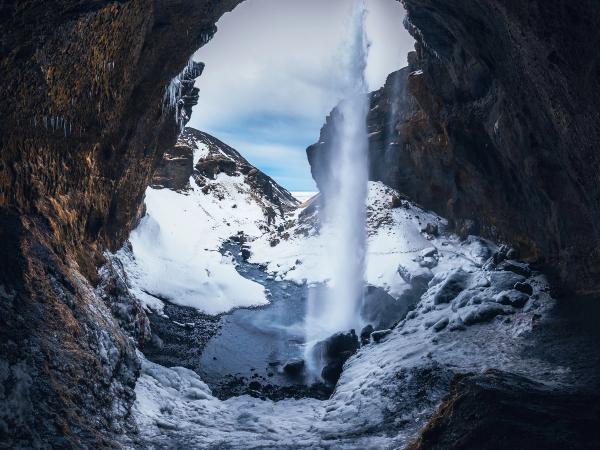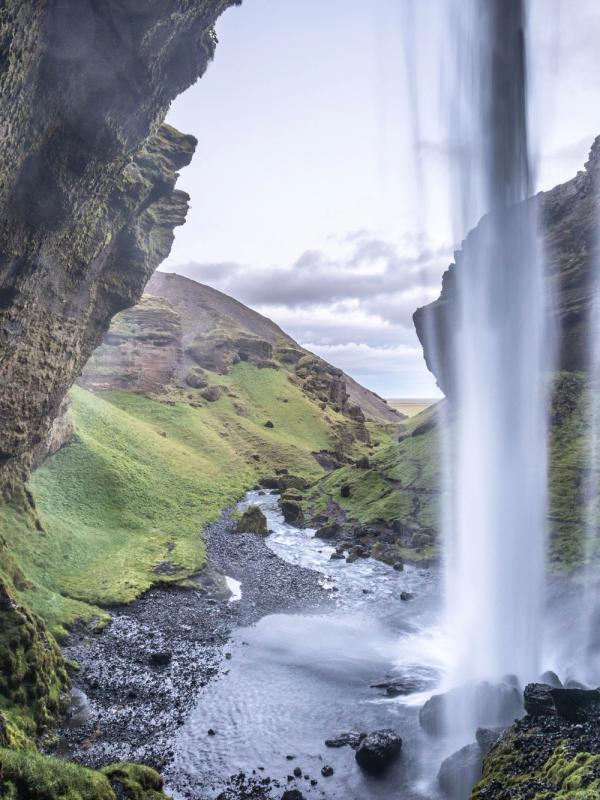
Kvernufoss Waterfall: A Hidden Gem in South Iceland
If you're planning a trip to Iceland, you can’t miss Kvernufoss waterfall. Located in South Iceland, Kvernufoss offers a peaceful and beautiful experience. Unlike the busy tourist spots, this waterfall provides a quiet and scenic retreat. Let's explore why Kvernufoss is worth visiting, how to get there, what to wear, and what else you can do nearby.
Why is Kvernufoss Worth a Visit?
Kvernufoss is a hidden gem in South Iceland. It's perfect for those who want to enjoy nature without big crowds. The waterfall has a stunning 30-meter (98 feet) drop and is tucked away in a narrow gorge, making it a great spot for photography. One of the coolest things about Kvernufoss is that you can walk behind the waterfall, giving you a unique view and a fun experience.
The waterfall is in a picturesque gorge, surrounded by lush green moss and dramatic rock formations. The setting is incredibly photogenic, offering many opportunities to capture stunning images. The contrast between the powerful water and the serene surroundings creates a breathtaking scene that will impress any visitor.
Kvernufoss is often overshadowed by its more famous neighbor, Skógafoss, which means it sees fewer visitors. This makes it an ideal spot for those seeking peace and a connection with nature. The calm atmosphere allows for a more personal experience, where you can enjoy the sounds of the waterfall and the
surrounding nature without the crowds.
You Can Walk Behind the Waterfall
The chance to walk behind the waterfall is a rare and exciting feature. As you go behind the cascading water, you'll get a unique view that few waterfalls offer. This behind-the-fall experience is thrilling and offers excellent photo opportunities, making it a favorite spot for photographers and nature lovers.
Kvernufoss Facts & Features
Here are some key details about Kvernufoss to help you plan your visit, from its height and power to its unique geological features
Height and Power
Kvernufoss stands at about 30 meters (98 feet) tall. Despite its modest height compared to other Icelandic waterfalls, its power and beauty are undeniable. The waterfall's flow is fed by the Kverna River, which originates from the glaciers of Eyjafjallajökull and Mýrdalsjökull, ensuring a consistent and impressive flow year-round.
Name Meaning
The name "Kvernufoss" translates to "Dweller in the Gorge." This name is fitting given its secluded location within a narrow gorge. The word "kverna" refers to a millstone or grinder, and "foss" means waterfall in Icelandic. The name likely alludes to the waterfall's powerful and grinding flow, which has carved the gorge over centuries.
Geological Features
The surrounding geology of Kvernufoss is fascinating. The gorge's walls are made of volcanic rock, shaped by ancient lava flows and erosion. The lush green moss covering the rocks adds to the area's mystical charm, making it feel like a scene from a fantasy novel. This combination of geological and botanical features makes Kvernufoss a captivating destination for nature enthusiasts and geology buffs.
Where’s Kvernufoss and How to Get There
Kvernufoss is in South Iceland, about 156 kilometers (97 miles) from Reykjavík. The drive takes about two hours. Here's how you can get there:
- Drive from Reykjavík: Take Route 1 (the Ring Road) east until you reach Skógar.
- Park at Skógar Museum: Park at the Skógar Museum, which is well-marked.
- Hike to Kvernufoss: Follow the trail from the museum parking lot. The hike is about 1.4 kilometers (0.9 miles) round trip and takes around 45 minutes to an hour.
The Hike to Kvernufoss
The hike to Kvernufoss is relatively easy and suitable for most fitness levels. The trail is well-marked and takes you through a scenic landscape of rolling hills and grassy meadows. Along the way, you'll see views of the surrounding mountains and the Skógar river. The trail is about 1.4 kilometers (0.9 miles) round trip and takes around 20-30 minutes each way, depending on your pace and how much time you spend enjoying the views.
As you approach Kvernufoss, you'll begin to hear the sound of the waterfall long before you see it. The final stretch of the trail takes you into the narrow gorge, where the temperature drops, and the air becomes misty from the waterfall's spray. The dramatic reveal of the waterfall as you round the final corner is a moment you won't forget.
What to Wear When Visiting Kvernufoss
Iceland's weather can change quickly, so it's important to dress right. Here are some tips:
- Layers: Wear layers so you can adjust to the weather.
- Waterproof and Windproof Clothing: Essential to stay dry and warm.
- Sturdy Hiking Boots: Needed for the rocky path.
- Warm Underlayers: To keep you cozy.
- Crampons: Useful in winter when it’s icy.
Dressing for the Weather
Iceland's weather is famously unpredictable, with conditions changing rapidly throughout the day. Dressing in layers is the best strategy to stay comfortable. Start with a moisture-wicking base layer, add a warm mid-layer (like a fleece or wool sweater), and finish with a waterproof and windproof outer layer. This setup will allow you to adapt to the varying weather conditions.
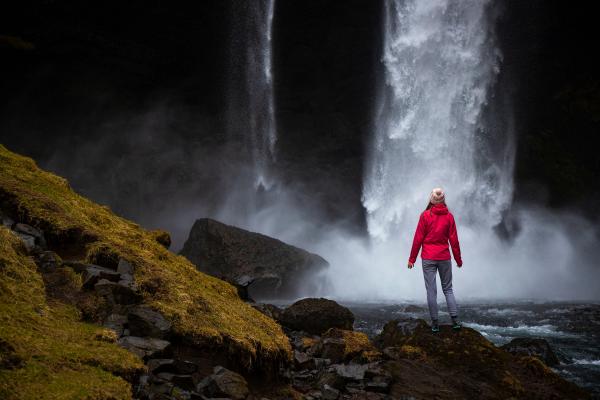
Footwear
Sturdy hiking boots are a must when visiting Kvernufoss. The trail can be rocky and uneven, so good ankle support and traction are important. Waterproof boots are especially useful, as the trail can be muddy, and the area around the waterfall is often wet from the spray.
Seasonal Considerations
In summer, bring a hat and sunglasses to protect yourself from the sun, as well as a light, waterproof jacket for the waterfall spray. In winter, crampons or microspikes are highly recommended for navigating icy trails safely. Always check the weather forecast before you go and be prepared for sudden changes.
Surrounding Sites & Things to Do at Kvernufoss
While you’re in the area, there are other great places to visit:
Skógafoss
Just a short distance from Kvernufoss, Skógafoss is one of Iceland’s most famous waterfalls. It features a dramatic 60-meter (197 feet) drop and a width of 25 meters (82 feet). Visitors can climb a staircase to the top of the falls for a breathtaking view of the surrounding landscape. The base of the waterfall is also accessible, allowing you to experience the sheer power of the water up close.
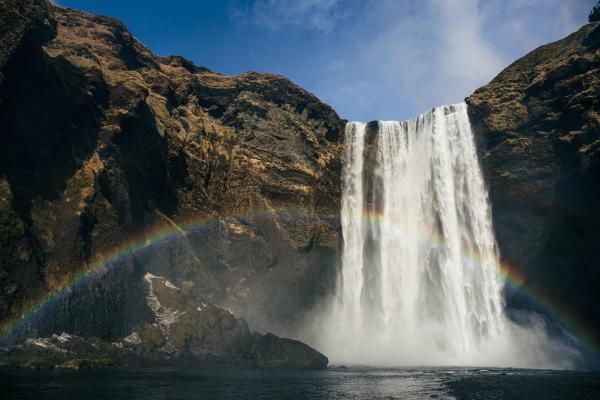
Skógar Museum
The Skógar Museum, located near the trailhead to Kvernufoss, offers fascinating exhibits on Icelandic culture and history. The museum consists of three parts: a folk museum, an open-air museum, and a technical museum. Here, you can learn about traditional Icelandic life, see historic buildings, and explore artifacts from the country’s past.
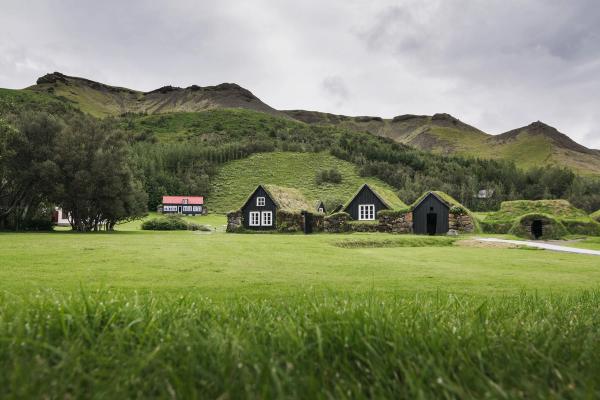
Reynisfjara Black Sand Beach
Reynisfjara is known for its striking black sand and towering basalt columns. Located near the village of Vík, this beach is a must-visit for its dramatic scenery and powerful waves. The basalt columns, known as Reynisdrangar, are said to be trolls turned to stone. This location is perfect for photographers and those interested in Iceland’s unique geology.
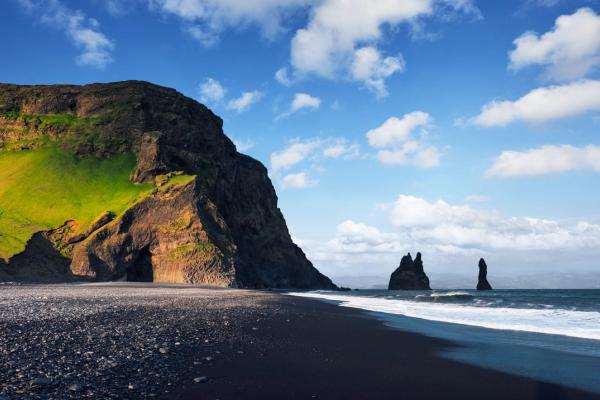
Jökulsárlón Glacier Lagoon
Located further east, Jökulsárlón Glacier Lagoon is one of Iceland’s most spectacular natural wonders. The lagoon is filled with massive icebergs that have broken off from the Breiðamerkurjökull glacier. Visitors can take boat tours to get up close to the icebergs and may even spot seals lounging on the ice.
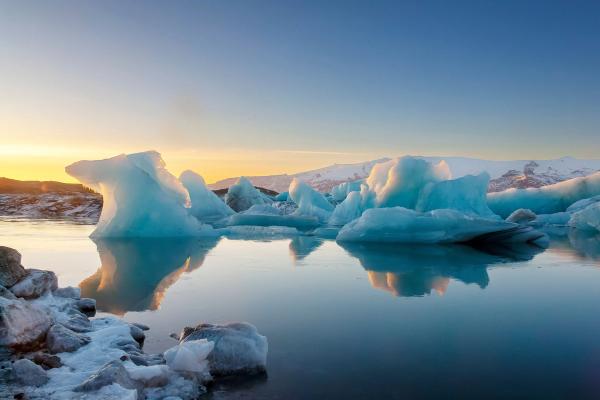
Vatnajökull Glacier
Vatnajökull is Europe’s largest glacier, covering about 8% of Iceland’s land area. It offers a range of activities for adventurous travelers, including glacier hiking, ice climbing, and exploring ice caves. Guided tours are available, providing safe and informative experiences on the glacier.
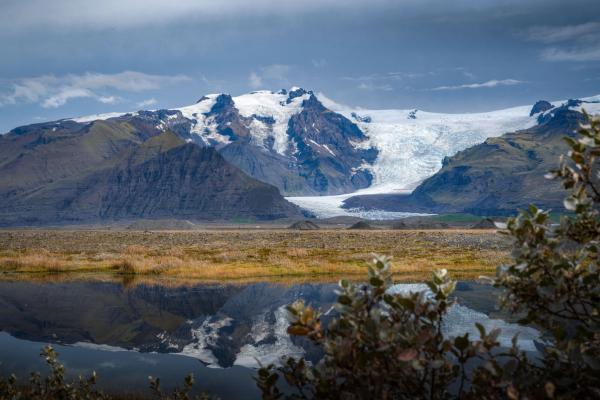
Summary
Kvernufoss waterfall is a hidden gem in Iceland, offering a peaceful escape into nature away from the crowds. With its beautiful 30-meter drop, the chance to walk behind the falls, and the lovely surrounding gorge, it's a must-visit spot. Whether you're a photographer, a nature lover, or just looking for a quiet place to enjoy Iceland's beauty, Kvernufoss will impress you. Don't miss this enchanting waterfall on your next trip to South Iceland.



